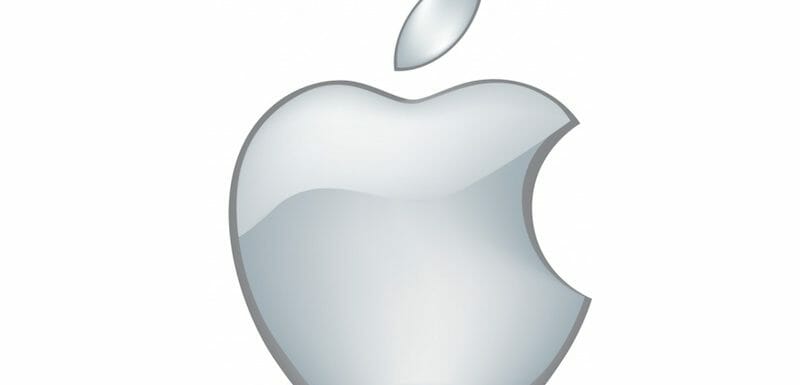 The latest fake Apple email used by scammers to obtain Apple IDs might cause problems for many users. The first clue that this is a scam should be the subtle grammatical errors. Miss those errors, however, and we’re into dangerous territory. The sender spoofed the “service@apple.com” email address by using a third-party mailing service. The source code showed the real address for the email I received came from a server on a free email service, SendGrid, Inc.
The latest fake Apple email used by scammers to obtain Apple IDs might cause problems for many users. The first clue that this is a scam should be the subtle grammatical errors. Miss those errors, however, and we’re into dangerous territory. The sender spoofed the “service@apple.com” email address by using a third-party mailing service. The source code showed the real address for the email I received came from a server on a free email service, SendGrid, Inc.
Apple’s support website clearly states, “In general, all account-related activities will take place in the iTunes application directly, not through a web browser. If you are asked to update your account information, make sure that you do so only in iTunes or on a legitimate page on Apple.com, such as the online Apple Store.”
The Apple support article is important because it means if you do click on a link in one of these fake Apple emails, or fake iTunes emails, and end up on a page that is not a part of the “apple.com” family, it’s a fraud. The internet is becoming a very dangerous place and the opportunities to make mistakes are everywhere. Here are six tips to help you stay safe.
- If you receive an email indicating that your iTunes account has been restricted, your AppleID compromised, or some other such nonsense, READ the email closely. Are there typos? Grammatical errors? Is the return address from an apple.com domain? If you don’t see anything suspicious, go to Tip 2.
- Is the email telling you to use your browser to update your account? Remember, Apple doesn’t do that. So, do NOT click a link in the email. Instead (and you need do this only if you’re worried), go to iTunes and log in. If all is well, the email was a fake.
- You can help shut down the source of these fraudulent emails by forwarding a copy to Apple at reportphishing@apple.com.[mckenna float=”right”]
- If you do click on a link in any phishing email, all is not necessarily lost. In most cases, you can simply close the browser tab and then the browser to avoid any further problems. And remember, phishing websites only look exactly like the real deal.
- If you suspect the absolute worst has happened and your beloved Mac has become infected with malware or a virus, go to clamxav.com. This free virus checker does a great job of ferreting out and eliminating those nasty surprises. You’ve got to be a bit of a techie to use this one, so if you’re not, go to Tip 6.
- If you’re not the techie type (and how many users really are?) make an appointment at your nearest Apple Store. The techs at the Genius Bar can run a diagnostic check on your machine for free. If your Mac is infected, they’ll provide an estimate to cure the problem. If all is well, take a deep breath, and relax. The upside to this step is it’s the perfect opportunity to check out all the whiz-bang new Apple toys in the store.

I got an email few minutes ago said that I purchased diamonds on a game. I asked my brother if he did that or not since he played the same game. and he said he didn’t. so I click the cancellation form from my iphone and they need to verify my apple id from the apple website. and I follow the step. but when I saw this article I guess I’m being scam….so what shud i do???
I already fill all the form :(:(
*bcs my iphone was being repaired and the apple staff ask for apple id and password at that time.. so I’m afraid this is what they did
The first thing you should do is change your Apple ID password. Apple also has an option for two-factor authentication. You should check under your Apple ID profile to see what security measures are turned on.
I don’t even have an apple account. I received an email saying someone logged on to iCloud via Web browser using my Apple ID. The email stated from: Apple Report
Email: service@email.applied.com sent Oct 13, 2017.
IP Address:36
I’ve received several of these e-mails over the last couple of months. At first glance, they appear to be a message from Apple. But there are subtle grammar errors and if you check the return email address it does not come from Apple. I forward every suspicious email to reportphishiing@apple.com
Bravo, Jillian! Stay vigilant.